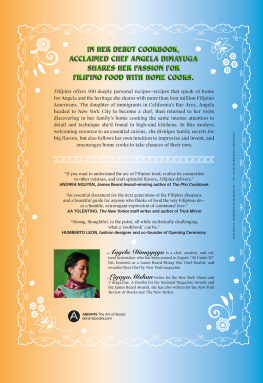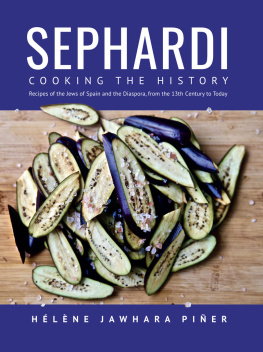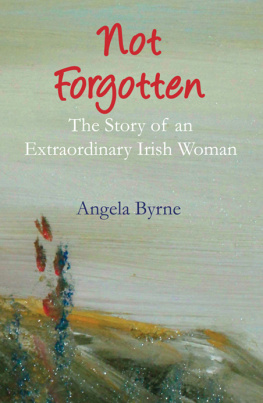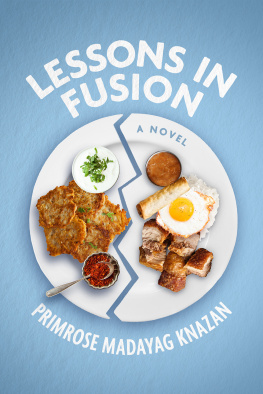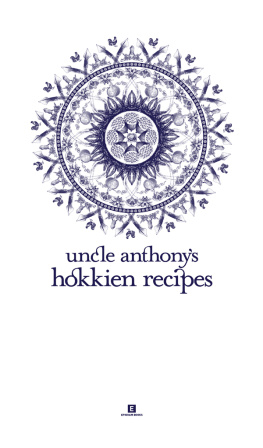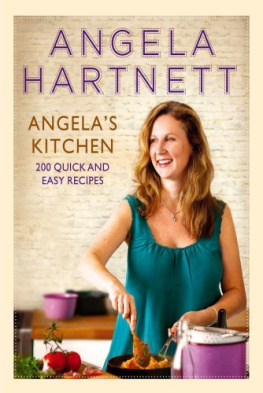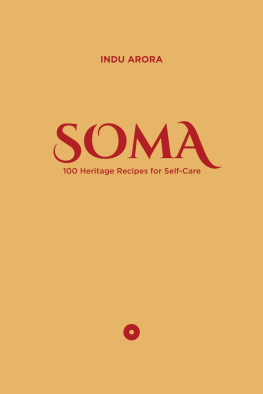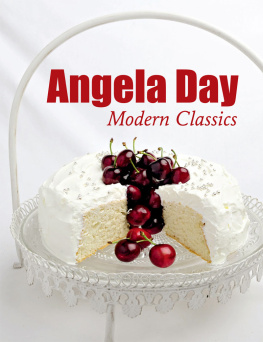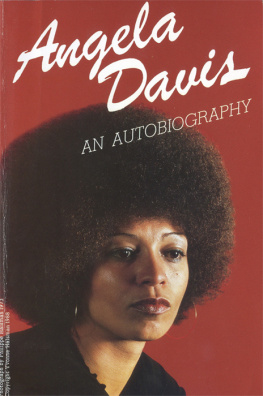Angela Dimayuga - Filipinx: Heritage Recipes from the Diaspora
Here you can read online Angela Dimayuga - Filipinx: Heritage Recipes from the Diaspora full text of the book (entire story) in english for free. Download pdf and epub, get meaning, cover and reviews about this ebook. year: 2021, publisher: Abrams, genre: Home and family. Description of the work, (preface) as well as reviews are available. Best literature library LitArk.com created for fans of good reading and offers a wide selection of genres:
Romance novel
Science fiction
Adventure
Detective
Science
History
Home and family
Prose
Art
Politics
Computer
Non-fiction
Religion
Business
Children
Humor
Choose a favorite category and find really read worthwhile books. Enjoy immersion in the world of imagination, feel the emotions of the characters or learn something new for yourself, make an fascinating discovery.
- Book:Filipinx: Heritage Recipes from the Diaspora
- Author:
- Publisher:Abrams
- Genre:
- Year:2021
- Rating:4 / 5
- Favourites:Add to favourites
- Your mark:
- 80
- 1
- 2
- 3
- 4
- 5
Filipinx: Heritage Recipes from the Diaspora: summary, description and annotation
We offer to read an annotation, description, summary or preface (depends on what the author of the book "Filipinx: Heritage Recipes from the Diaspora" wrote himself). If you haven't found the necessary information about the book — write in the comments, we will try to find it.
Filipinx: Heritage Recipes from the Diaspora — read online for free the complete book (whole text) full work
Below is the text of the book, divided by pages. System saving the place of the last page read, allows you to conveniently read the book "Filipinx: Heritage Recipes from the Diaspora" online for free, without having to search again every time where you left off. Put a bookmark, and you can go to the page where you finished reading at any time.
Font size:
Interval:
Bookmark:
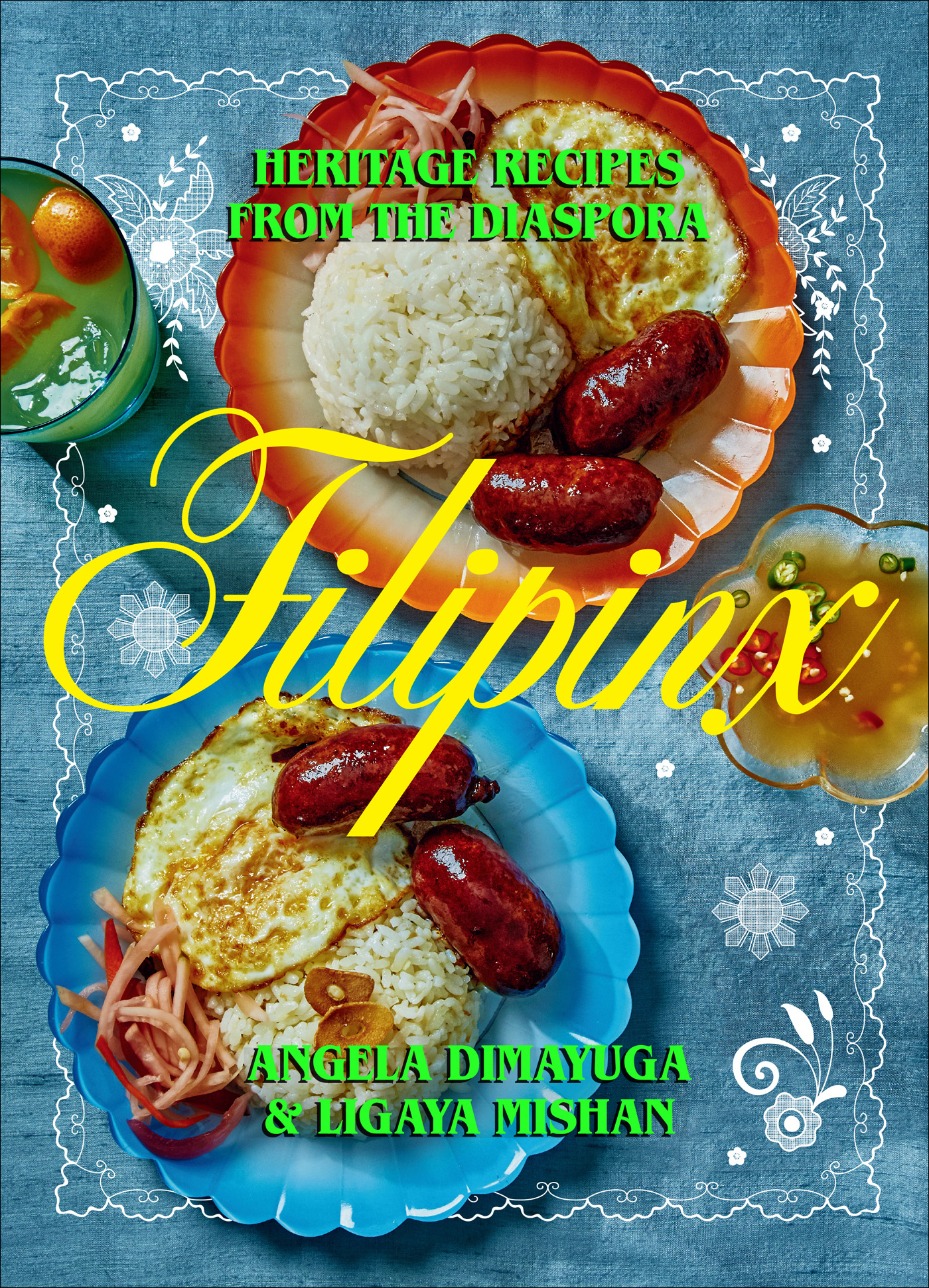
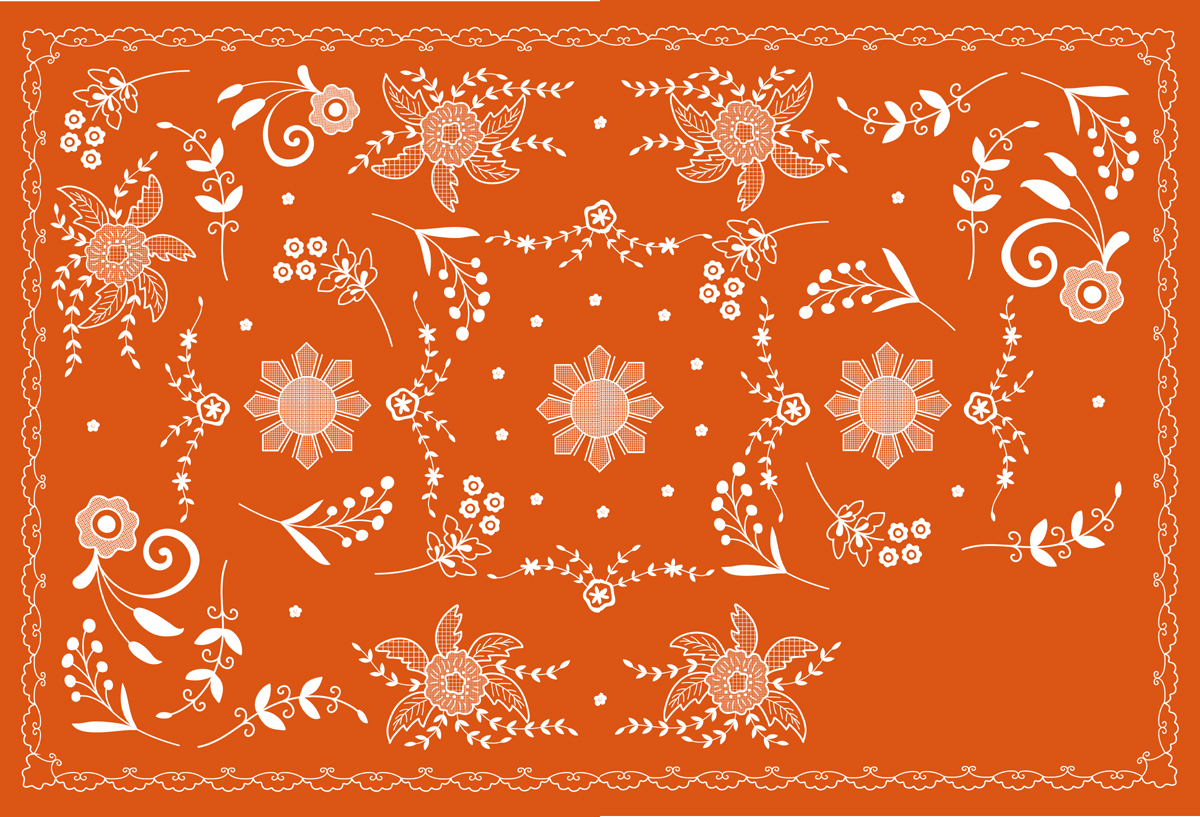
The pattern here and throughout the book is inspired by pia cloth, which is made from the thorny leaves left over from harvested pineapples, whose innermost fibers are woven into a delicate material, light and cool against the skin in a hot climate. Its a testament to frugality and the insistence on wasting nothing, and a marker, too, of the colonial history of the Philippines: From the sixteenth through the nineteenth centuries, the Spanish mandated that native Filipino men wear a shirt of pia cloth, the barong tagalog, untuckeda humble and humbling uniform, whose translucency ensured that they could not carry concealed weapons and rise against their foreign rulers. For the Filipinos, embroidery became a way to take ownership of what they wore, to express their character as individuals, and to make themselves seen and known.
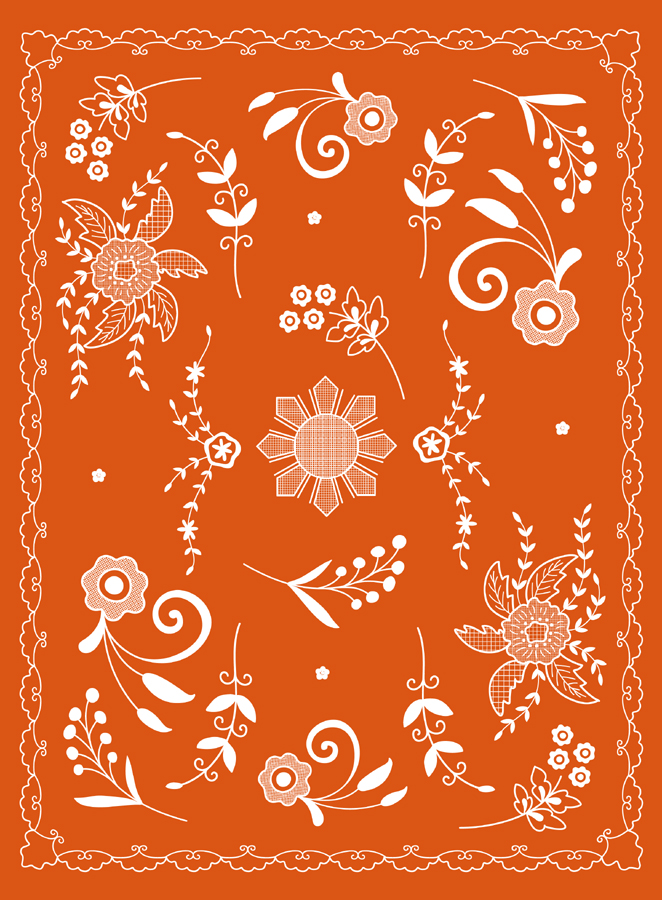

fi luh pee NEKS
A gender-inclusive term for people of Philippine origin or descent. From Filipino/Filipina, words first used to describe natives of the Philippines in the late nineteenth century.

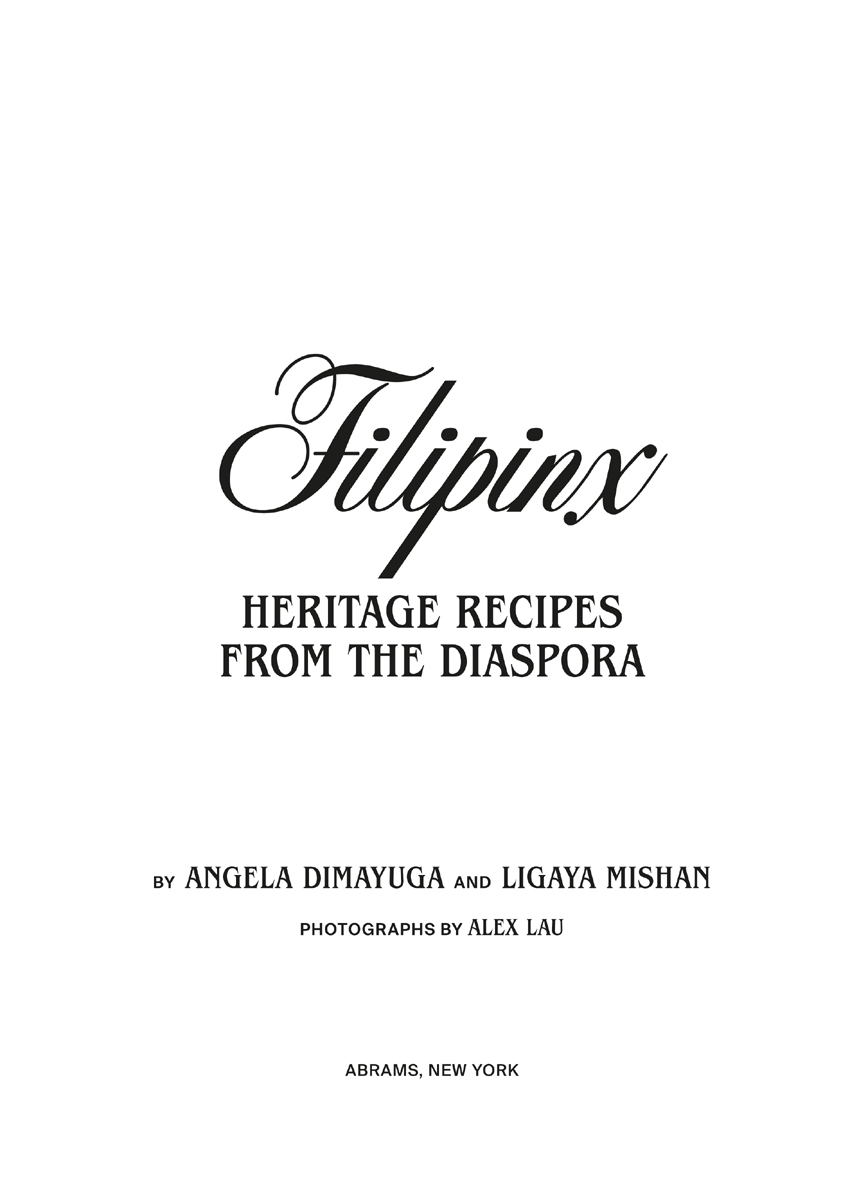
For my mom and dad,
who always trusted me to know myself.
Angela
For my mom, who waited so patiently
for me to find my way home.
Ligaya
We are made of blood, earth,
and stardust. The ancient sources
of life that built our bones and
pulse through our veins proclaim
that we are because someone,
many ones, gave us life. We do not
get here on our own.
Chani Nicholas


Our annual ritual: Mom and I make time to bake ensaymadas every year.
We tried to teach you Tagalog, remember, my mom says with a laugh. I do: The babysitter was deputized to teach all six of us kidsIm the second youngestand it was chaos. That was life in the diaspora in northern California. Even today, Im humbled in the presence of native speakers; I cant keep up with an entire conversation in Tagalog, let alone any of the Philippines other indigenous languages (there are close to two hundred of them). What I know are the phrases and words that my parents and their friends slip so effortlessly and instinctively into English, taken from Tagalog, Kapampangan, Ilocano, and Pangasinan, each language getting its shot, sometimes three at once in a single sentence, without a hitch, as if it were all one clamorous tongue.
I am a Filipino, a Filipina, and a FilipinxIm comfortable being identified by any of those terms, from the traditional to the more inclusive (see Siya: Decolonizing the Language, )but I am also a Filipino American, one of more than four million. My parents are Americans, too: They emigrated from the Philippines in 1976 and have lived in the U.S. for most of their lives. But I was born here and have never known another home.
In second grade, a boy asked me, Are you white? I thought the right answer was yes. Still, I knew I was different, if not exactly how. Growing up in San Jose, California, where the population is a third Asian and a third Hispanic, I eventually found a sense of belonging in a brown culture that brought together kids of Filipino and Mexican heritage. As teens in the nineties, my older sisters and I wore black eyeliner and brown lipstick (I still do), and our regalia was cut-off Dickies, Nike Cortezes, and Adidas Sambas.
Cooking was the shining thread. Whenever I went to a Filipino home, even just to drop off something for a friend, I was told: Come inside and eat. No matter how my parents struggled, scrimping and making do with squashed Wonder Bread from the discount store, there was always food in our house, and always more than enough. Love was expressed not in words but abundance. I happily ate everything: sinigang, PBJs, Taco Bell, instant ramen. Every Saturday morning, when my brothers and sisters wanted to watch cartoons, I commandeered the TV and set it to Julia Child and Jacques Ppin. I stood vigil in the kitchen while my mom and my titas prepared feasts so gigantic, they set an impossibly high standard for every party Ive attended since. Above all I kept my eyes on the tiny, nimble, shamanistic hands of my lola Josefina, whose recipes were our familys wealth and deepest secrets.
At the same time I was impatient for another life, and for the person I might discover myself to be out on my own. After college, I headed to New York and landed a job as a line cook at a rustic-elegant restaurant whose dishes traced an arc from Europe to the American South. For three years I deveined lobes of foie gras and banged out terrines like my life depended on it, each one a little better than the one before, until I was the only one trusted to make them. I was supposed to do this, I thought. This was sophistication: not just cooking, but cuisine.
Then I was recruited to open and run an outpost of the San Franciscobased Mission Chinese Food in New York. Suddenly I was deploying Sichuan peppercorns and Chinkiang vinegar in dishes that were irreverently inauthentic but true to a distinctly Asian American experience, one that celebrated Asian ingredients not as exotics but bedrock.
I hadnt forgotten the food of my childhoodI made it for myself and friends at home, when we were all broke and needed to eke out big meals from cheap groceriesbut I realized that Id never given it proper respect. I could cook it from memory, but did I really know it? Somewhat abashed, I turned to my lola Josefina. She took me into her kitchen and gently, firmly, with her hair pinned under a black shower cap like a revolutionarys beret, she walked me through one of the trickiest dishes in her repertoire: a whole chicken, divested of its rib cage and thigh bones, filled with a pork and sausage stuffing, then sewed up with twine and roasted until it dripped gold. It was as meticulously engineered as a French galantine. (You can learn more about Lola on .)
This was my initiation, with all the weight of a religious rite. Once Id been a cook; now I was a chef.

Me, age 6.
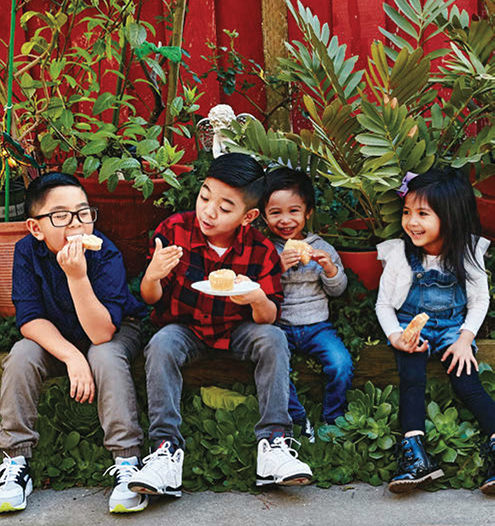
The next generation.
I started sneaking Filipino flavors into dishes at Mission, wondering if anyone would notice, and was thrilled when they did. I wanted to learn more, and so the work of this book began. And as I researched the Philippines ancient, precolonial history, trying to understand my ancestry, I thought about my living, breathing relatives and all they might have to teach me. Id put myself at a bit of a distance, not just by crossing the country but in the life I chose to lead; when I began to identify as queer, I had no reference points at home for what that meant. For my own survival, I had to go out in the world and find my people.
Font size:
Interval:
Bookmark:
Similar books «Filipinx: Heritage Recipes from the Diaspora»
Look at similar books to Filipinx: Heritage Recipes from the Diaspora. We have selected literature similar in name and meaning in the hope of providing readers with more options to find new, interesting, not yet read works.
Discussion, reviews of the book Filipinx: Heritage Recipes from the Diaspora and just readers' own opinions. Leave your comments, write what you think about the work, its meaning or the main characters. Specify what exactly you liked and what you didn't like, and why you think so.

